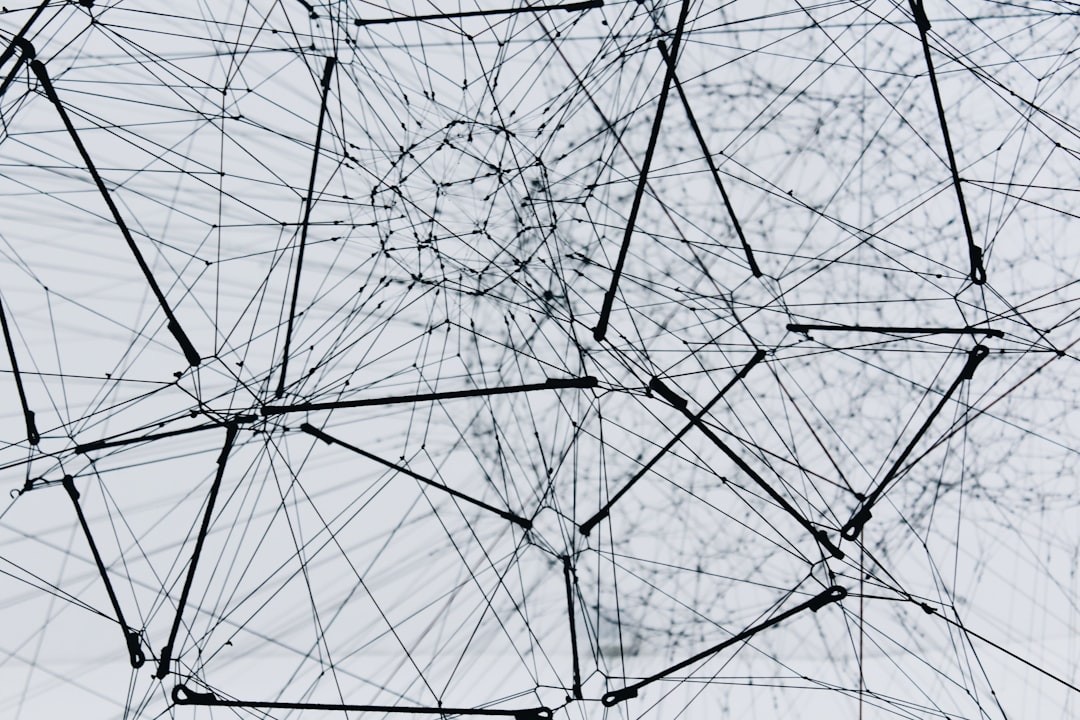What is it about?
We employed a series of time-estimation tasks, chosen such that impulsivity could be revealed in deviant performance both within and between tasks. Trait impulsivity was assessed using a number of measures; cognitive impulsivity was measured using a number of neuropsychological tests (e.g., Trail Making, Circle Tracing). Time estimation was evaluated using reproduction tasks (both remote and immediate) within a prospective paradigm. The structure underlying the data is four-dimensional: Factor 1 (F1) has contributions from both venturesomeness and the indices of immediate time reproduction, implicating sensation seeking; F2 is uniquely identified with performance on remote time reproduction; F3 implicates a component of trait impulsivity; F4 implicates a component of cognitive-motor impulsivity.
Featured Image
Why is it important?
For more recent work looking at the task of time reproduction, see: Glicksohn, J., & Leshem, R. (2011). Reproduction of duration: How should I count the ways? In A. Vatakis, A. Esposito, M. Giagkou, F. Cummins & G. Papadelis (Eds.), Multidisciplinary aspects of time and time perception: COST TD0904 International Workshop, Athens, Greece, October 7-8, 2010, revised selected papers (pp. 79-91). Berlin: Springer-Verlag.
Perspectives
This is my first publication with my students, looking at impulsivity in terms of both neuropsychological assessment and, especially here, measures of time estimation. Our goal here was to draw out impulsivity by means of select tasks.
Professor Joseph Glicksohn
Bar-Ilan University
Read the Original
This page is a summary of: Impulsivity and time estimation: Casting a net to catch a fish, Personality and Individual Differences, January 2006, Elsevier,
DOI: 10.1016/j.paid.2005.07.003.
You can read the full text:
Contributors
The following have contributed to this page










